
Telescope: Meade SN6 Comet Tracker at f/3.6, Orion Atlas EQ-G
Camera: Full Spectrum Modified Nikon D5300, Baader Mk III MPCC
Filter: 2” Radian Triad Ultra Hb, OIII, Ha, SII filter
Guide scope: Orion 50mm, ZWO ASI120MM mini
Exposure: 18x120sec, ISO 200, saved as RAW
Darks: Internal (Long Exposure Noise Reduction On)
Flats: 32x60sec, LED tracing tablet covered with 3 layers of muslin
Average Light Pollution: Red zone, Bortle 8, poor transparency, moonlight, haze
Lensed Sky Quality Meter: 17.0 mag/arc-sec^2
Stacking: Mean with a 2-sigma clip.
White Balance: Nebulosity Automatic
Software: Backyard Nikon, Deep Sky Stacker, Nebulosity, Photoshop
NGC 2359 (Thor’s Helmet) is similar to the Bubble Nebula in Cassiopeia (NGC 7635) in that it is a bubble blown out in the interstellar medium from the fierce solar wind of a Wolf-Rayet star, an extremely massive pre-supernova giant. These stars are very rare, extremely hot (45,000 – 90,000F), and expel their outer layers at very high speeds. The spherical shell is the shock-front formed as the expanding gas pushes against the surrounding emission nebula.
NGC 2359 is currently well placed rising in the southeast during the early evening.
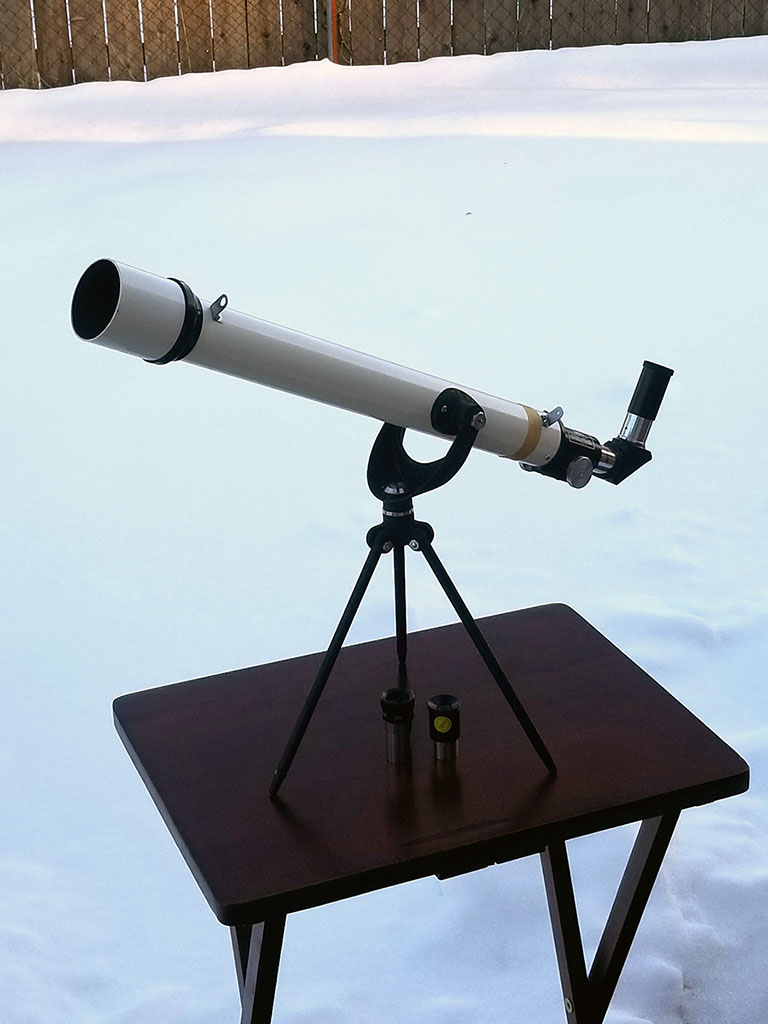

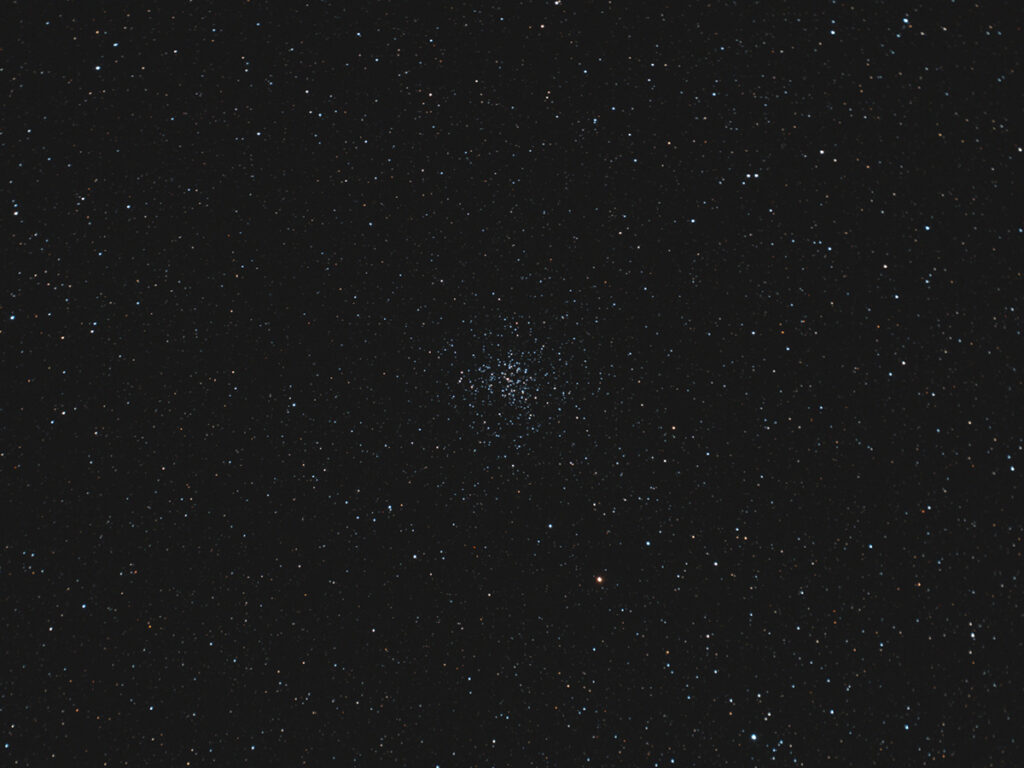

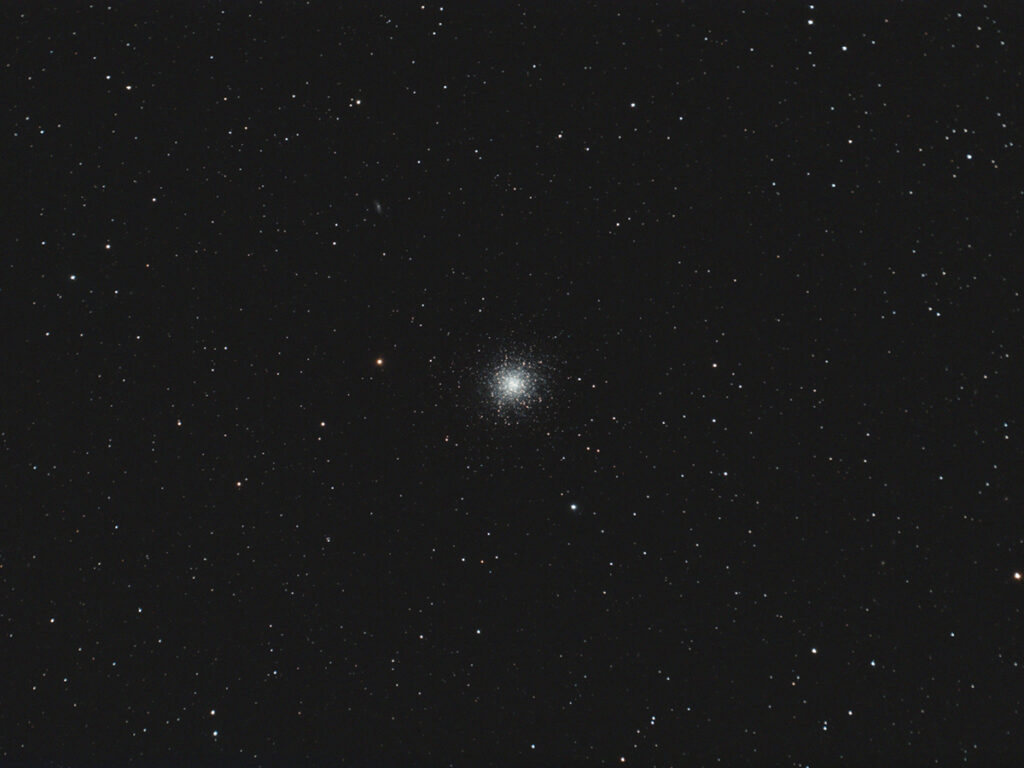
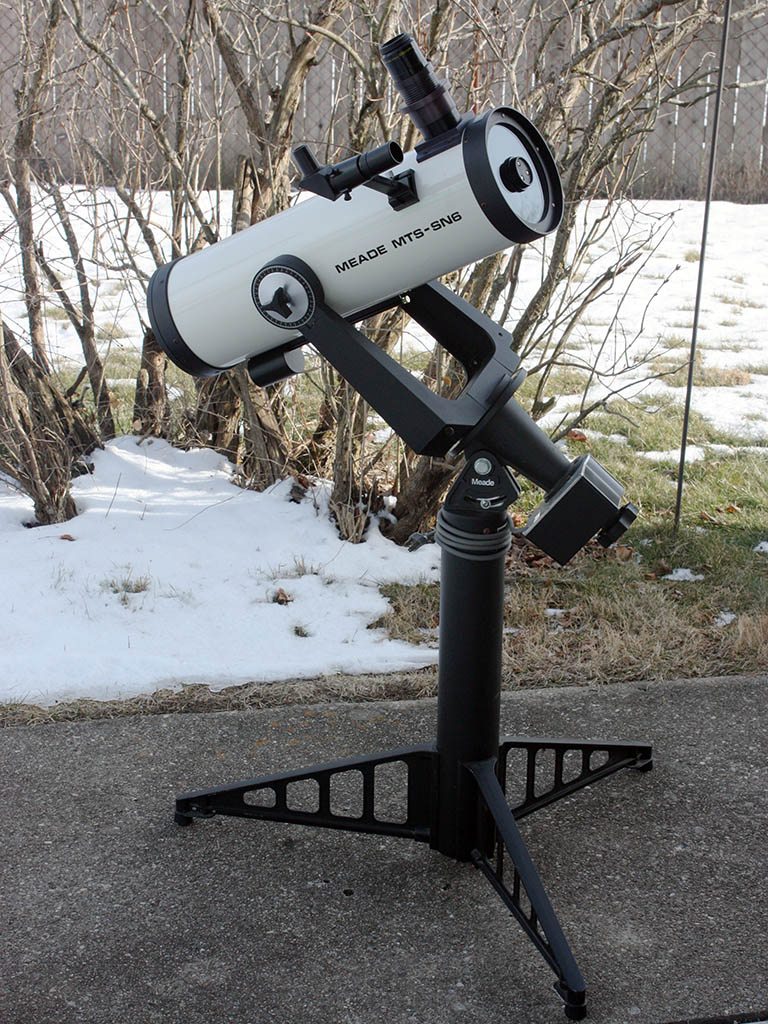
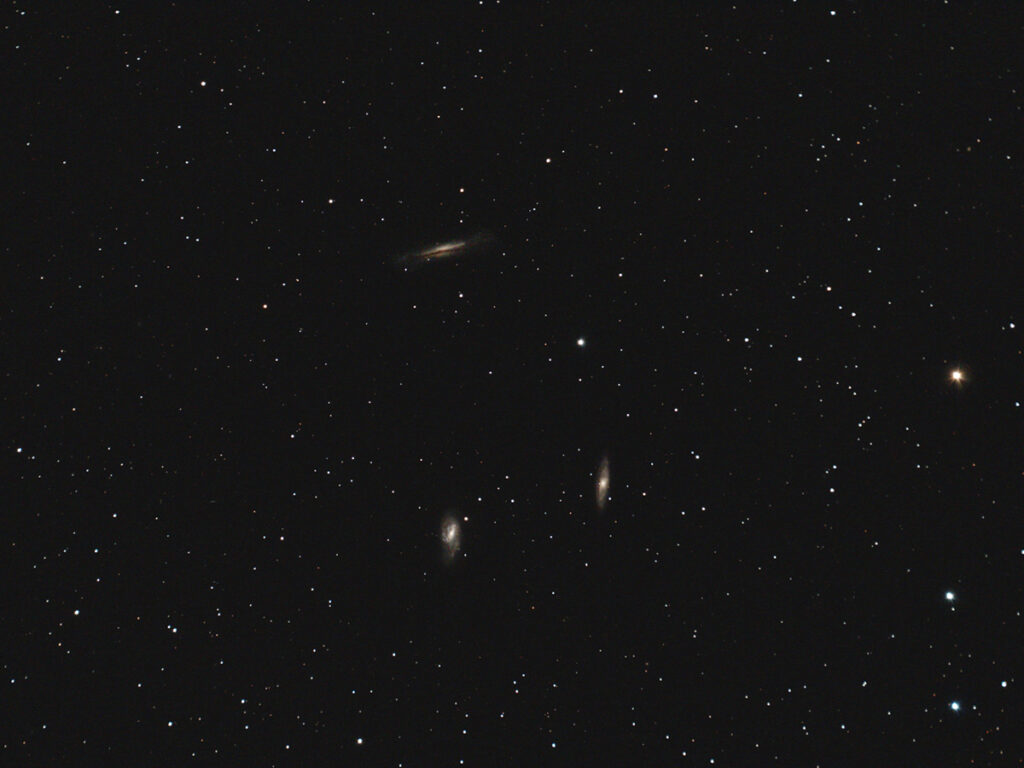
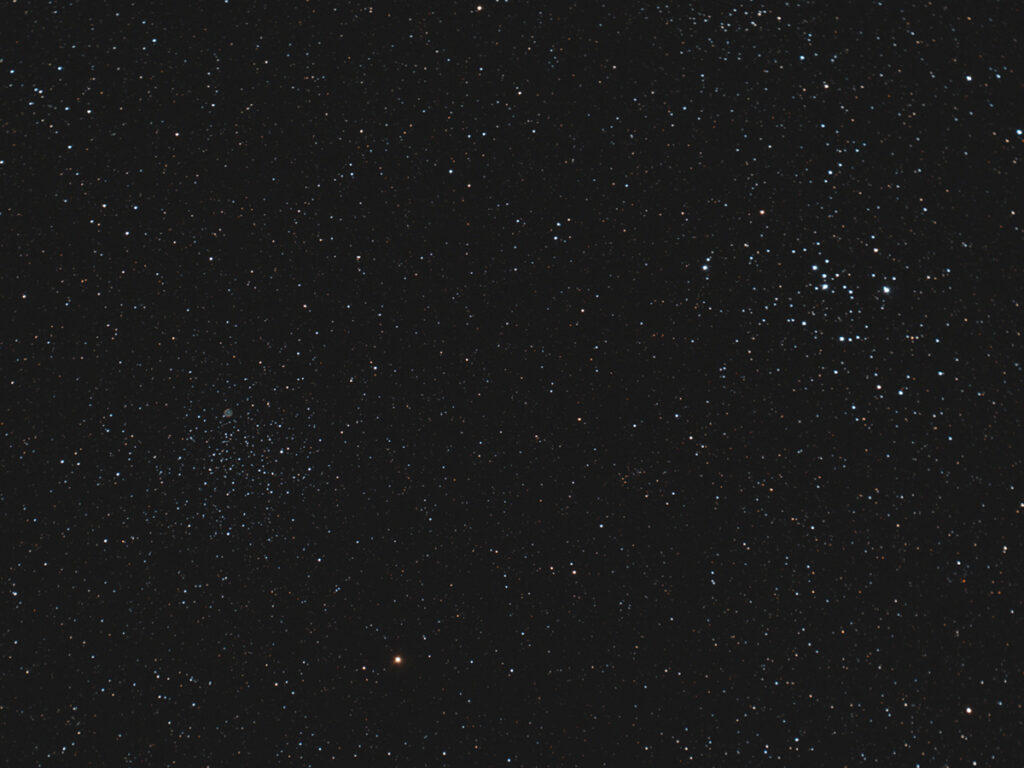
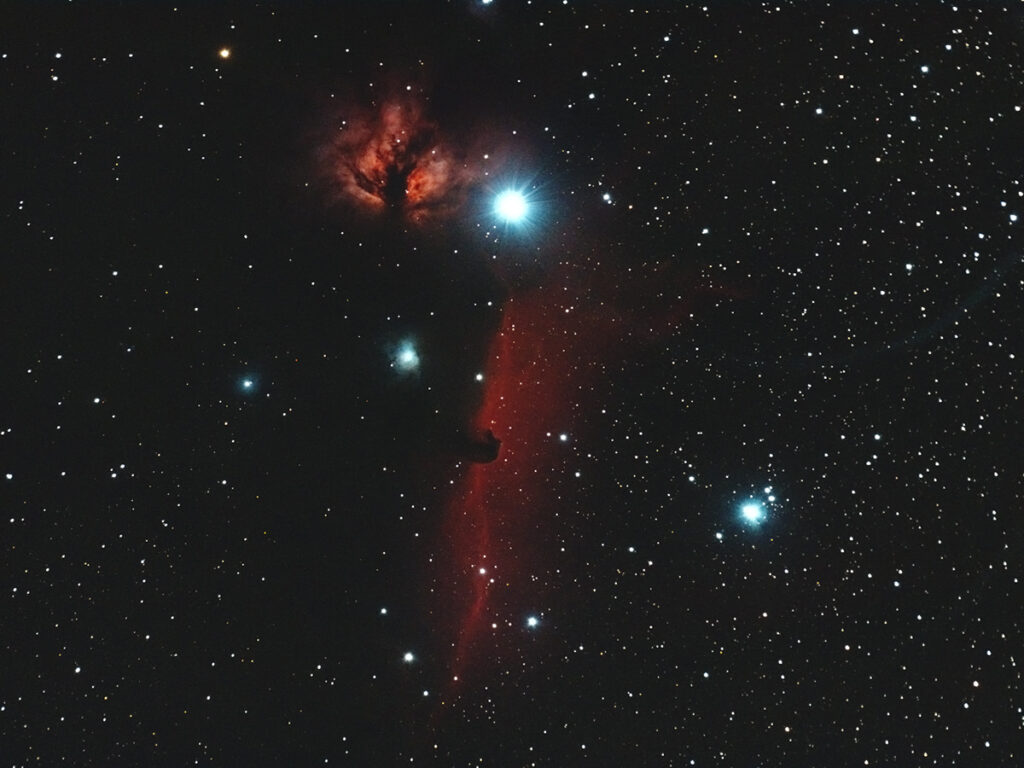
Recent Comments